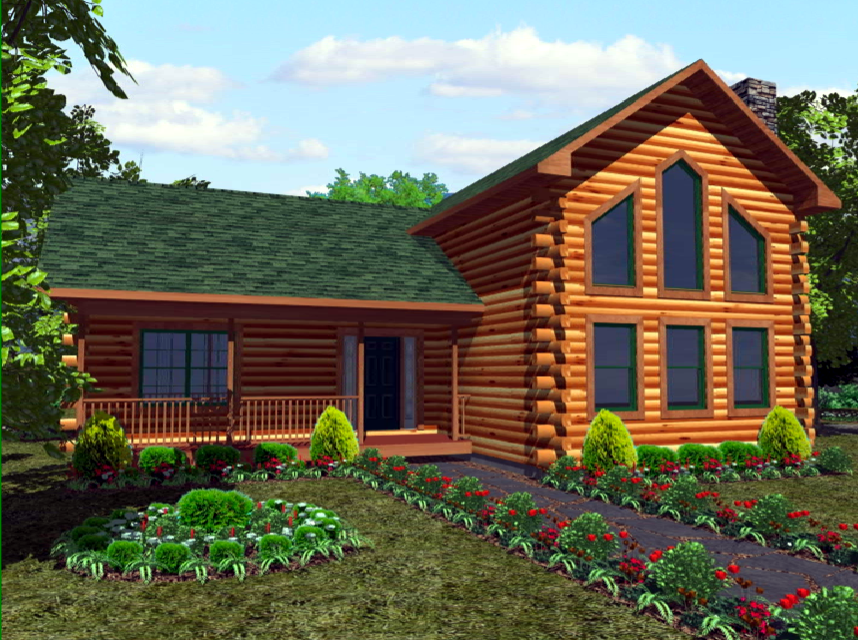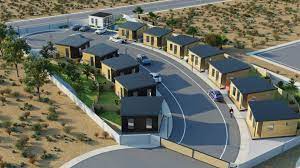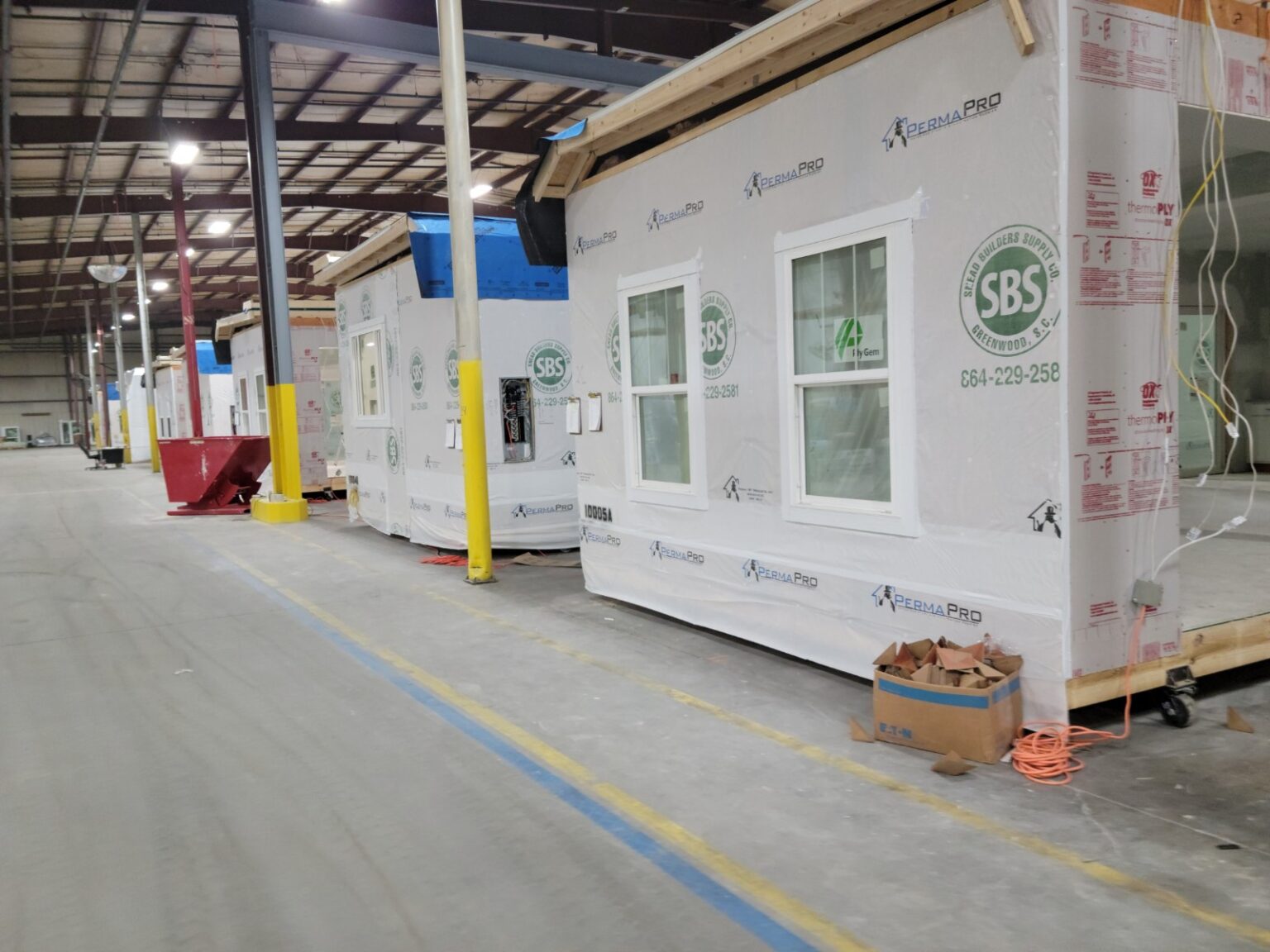Even though you can no longer buy a home from Sears from their catalog and have it shipped to your lot and built by you and a couple of friends like they did in the 1900 hundreds, there are Kit manufacturers, so you can still do it.
In this article by Forbes, they explore the Kit House market and give you the Pros and Cons of building your own home from a box of parts.
Buying all the parts and pieces for furniture and assembling it at home is part of normal shopping at places like IKEA. But what if you’re buying all the parts and pieces to build an actual home?
A kit home is like the IKEA version of building a home. Here’s why getting one might work—or not work—for you.
What Is a Kit Home?
A kit home is a type of prefabricated home. All the parts are built, pre-cut, packaged, and sent to you to build. Sometimes they’re called mail-order or catalog homes. They’re essentially DIY (do-it-yourself) homes.
How Much Is a House Kit?
Like traditional homes, kit homes vary widely in cost based on size, materials used, and what’s included in the packages. Prefabricated homes in general cost less than traditional homes built on-site. The biggest cost of a house kit comes down to how big the home will eventually be and how many stories it will have because more materials mean more expenses.
The average cost of a base-model home kit ranges from $40 to $80 per square foot.
Pros and Cons of Kit Home Builds
Kit homes are one way to get your dream home, but make sure you weigh the pros and cons first.
Pros
- Cost: Buying a home that’s already built or paying for one to be newly constructed on fresh land is more expensive than doing it yourself. DIY will always cost less, and kit homes are significantly cheaper to buy.
- New home feel: Even though you’re buying a prefabricated home compared to a traditionally built one, you’re still getting a new home. You don’t have to worry about outdated electrical wiring or replacing an old roof since all of those will be new and up to code when it’s complete.
- Endless customizations: Many prefab homes have pre-designed homes you can choose from, but a lot of them allow for customizations to your needs and likes. This is one of the best ways to get your dream home—to build it.
- Quick delivery and assembly: You can expect your home to be delivered in as little as a few weeks and then get built within a few weeks after that. It takes at least seven months to build a new home the traditional way, and some homes can take even longer than that.
Cons
- Location limitations: Some manufacturers might limit their delivery radius, which means if you find a company you like that isn’t near you, there’s a chance you might not get a house there. Or if they do deliver to your area, they might charge an additional fee for the long drive.
- Not always cheaper: The cost of a kit home might be cheaper if you live in a metro area, but for those in rural parts of the country, a kit home could be the same as a traditionally built home or another type of prefabricated home. Location can be a big factor in the total price.
- More time and energy: For kit homes, you either do the work yourself or hire a team to do it for you. Only take this route if you’ve priced out kit homes for where you want to build it and the team you have in place to put it together. It’s a lot of legwork for the buyer to take on compared to getting a home that’s already built.
- Fewer standards: Because kit homes are still relatively new, there isn’t that much federal regulation for them. There’s no minimum standard that all kits have to meet to ship out to buyers, which means you can expect wildly different results from two different kit manufacturers.
CLICK HERE to read the entire FORBES article
Gary Fleisher, Contributing Editor







